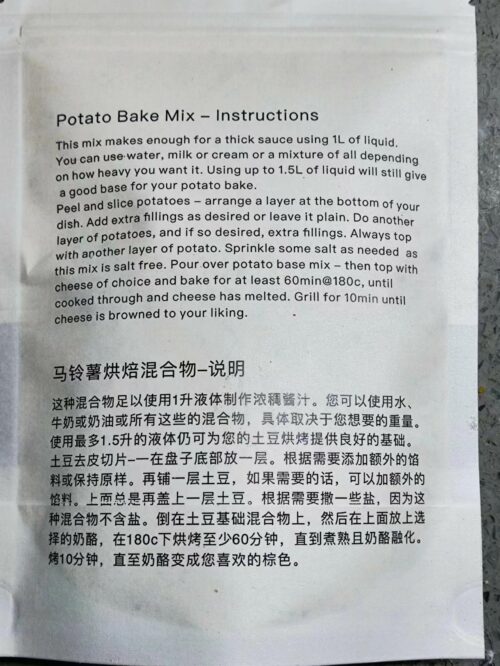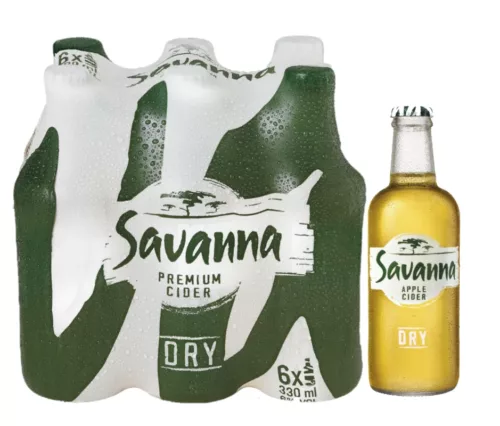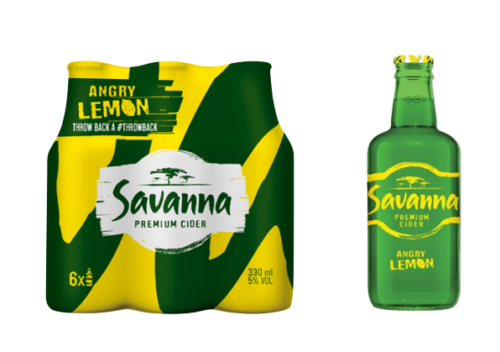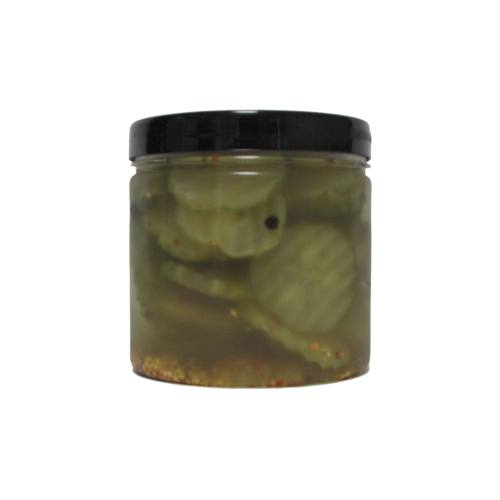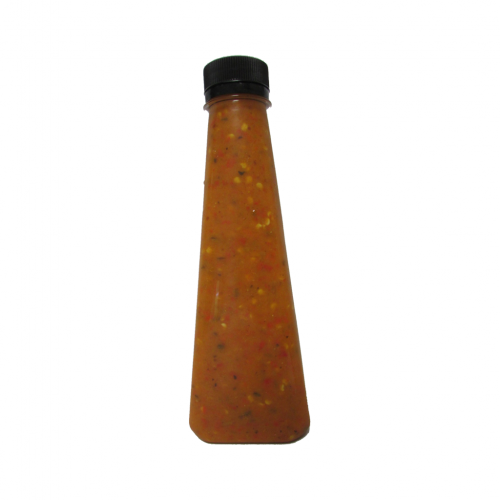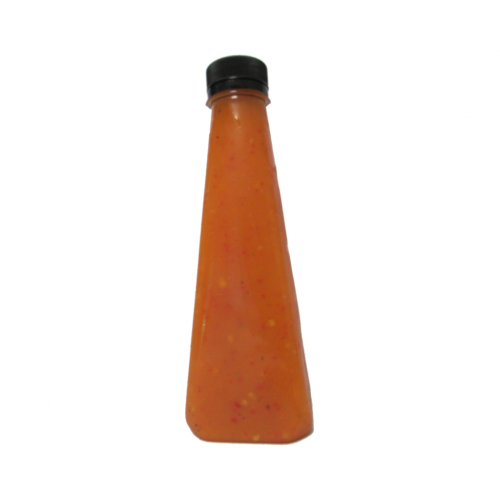-

 Pastoral salad dressing, also called ranch salad dressing or country salad dressing, is an American salad dressing, usually made from buttermilk, salt, garlic, onion, mustard, herbs and spices mixed with mayonnaise. Sometimes sour cream and yogurt are used to replace buttermilk and mayonnaise in the ingredients. Since it surpassed Italian salad dressing in 1992, Pastoral Salad Dressing has been the best-selling salad dressing in the United States. In the United States, it is also often used as a dipping sauce and seasoning for potato chips and other foods.
Pastoral salad dressing, also called ranch salad dressing or country salad dressing, is an American salad dressing, usually made from buttermilk, salt, garlic, onion, mustard, herbs and spices mixed with mayonnaise. Sometimes sour cream and yogurt are used to replace buttermilk and mayonnaise in the ingredients. Since it surpassed Italian salad dressing in 1992, Pastoral Salad Dressing has been the best-selling salad dressing in the United States. In the United States, it is also often used as a dipping sauce and seasoning for potato chips and other foods. -
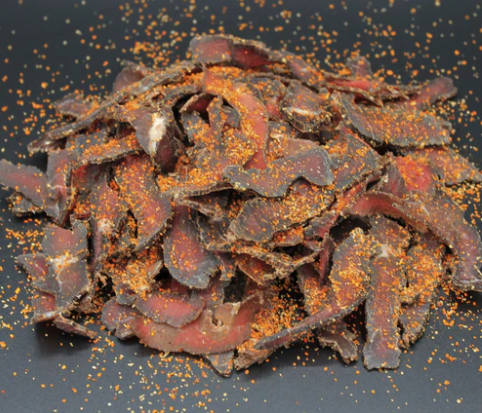 Biltong chili bites, AKA peri-peri biltong stokkies (sticks), are great to have around for quick snacks and they are often consumed at sporting events in South Africa since they are so tasty and convenient.
Biltong chili bites, AKA peri-peri biltong stokkies (sticks), are great to have around for quick snacks and they are often consumed at sporting events in South Africa since they are so tasty and convenient. -
Out of stock
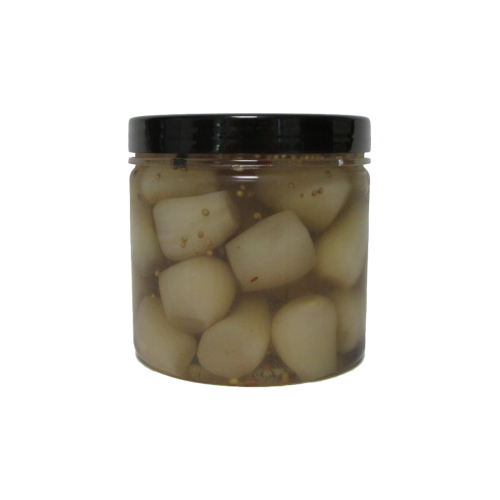
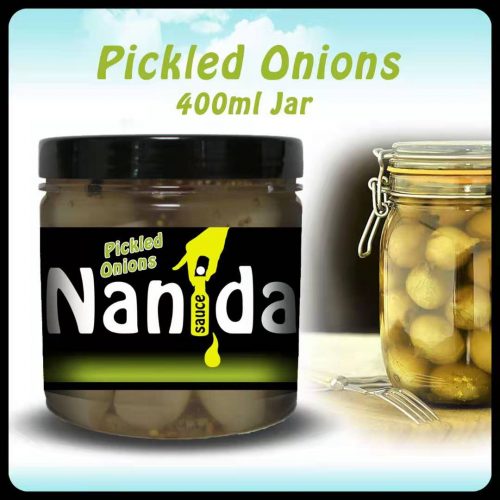 Crispy and crunchy onions pickled and preserved in a selection of brines namely White and Brown spirit vinegar, Black and White Balsamic Vinegar. These onions can be used in salads, as a sandwich filler or simply on their own as an accompaniment to cold meats, “Braaivleis” or as an addition to a summer evening food platter. Pickled Onions in the 375ml jar have a tangy taste that makes them instant favourites! The cocktail onions are a hit any time of the year, whether you serve them at dinnertime with fish and chips or pair them with crackers as an appetizer for unexpected guests.
Crispy and crunchy onions pickled and preserved in a selection of brines namely White and Brown spirit vinegar, Black and White Balsamic Vinegar. These onions can be used in salads, as a sandwich filler or simply on their own as an accompaniment to cold meats, “Braaivleis” or as an addition to a summer evening food platter. Pickled Onions in the 375ml jar have a tangy taste that makes them instant favourites! The cocktail onions are a hit any time of the year, whether you serve them at dinnertime with fish and chips or pair them with crackers as an appetizer for unexpected guests. -
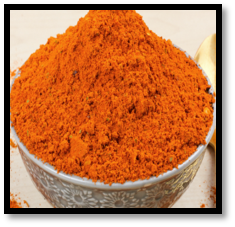
 Chili Peppers (Capsaicin) The countless varieties of hot peppers we have today began as one small shrub (Capsicum annum), native to tropical regions of the Americas. The chemical capsaicin is what makes a pepper hot. And it’s capsaicin that’s been shown to have an anti-inflammatory effect in your body. Any type of chili pepper, such as cayenne or jalapeno, contains capsaicin. You can use chili peppers fresh or powdered in a wide variety of dishes, including desserts. Supplements containing capsaicin are often mixed with other herbs to create natural anti-inflammatory blends.
Chili Peppers (Capsaicin) The countless varieties of hot peppers we have today began as one small shrub (Capsicum annum), native to tropical regions of the Americas. The chemical capsaicin is what makes a pepper hot. And it’s capsaicin that’s been shown to have an anti-inflammatory effect in your body. Any type of chili pepper, such as cayenne or jalapeno, contains capsaicin. You can use chili peppers fresh or powdered in a wide variety of dishes, including desserts. Supplements containing capsaicin are often mixed with other herbs to create natural anti-inflammatory blends. -

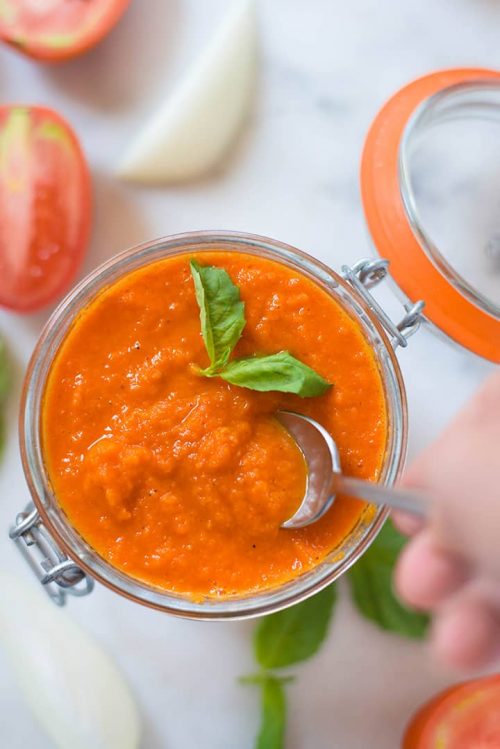 This hearty meat sauce can be served as-is over pasta, blended with par-cooked pasta and baked with a cheesy topping, or used as the meat layer in a lasagna. The sauce should be steaming but not boiling. Really you do not need to cook the sauce. The sauce just needs to be warm like the noodles. Otherwise it could be eaten cold.
This hearty meat sauce can be served as-is over pasta, blended with par-cooked pasta and baked with a cheesy topping, or used as the meat layer in a lasagna. The sauce should be steaming but not boiling. Really you do not need to cook the sauce. The sauce just needs to be warm like the noodles. Otherwise it could be eaten cold.

